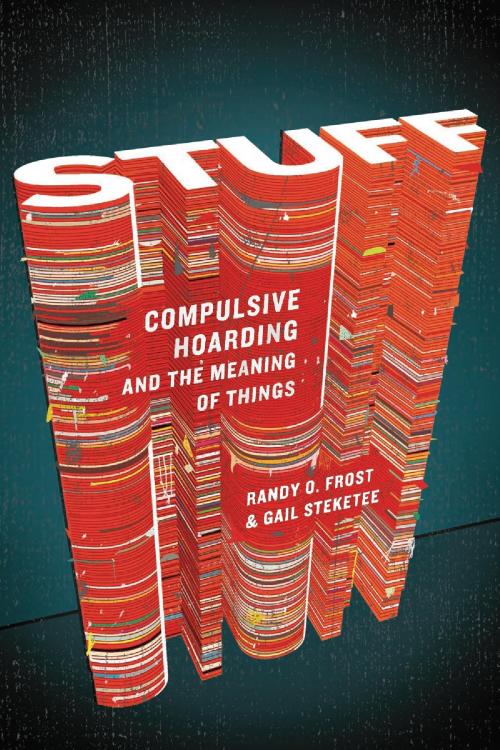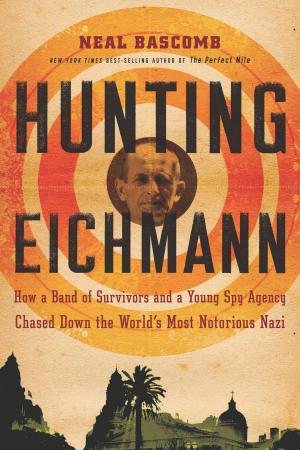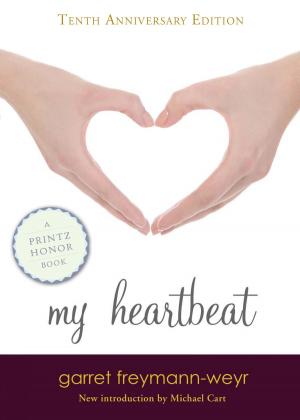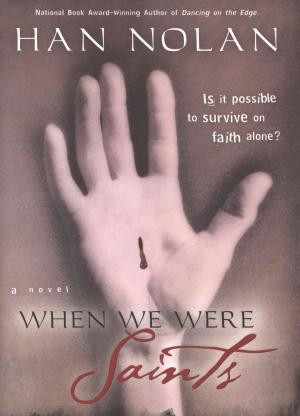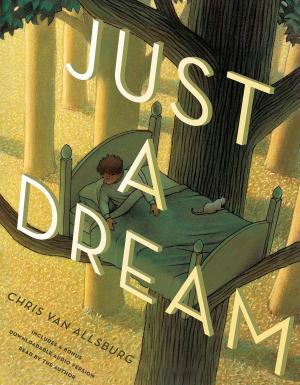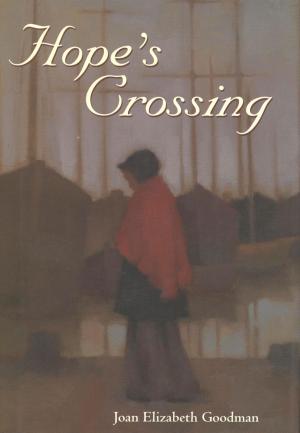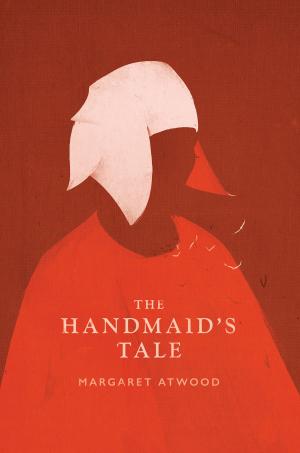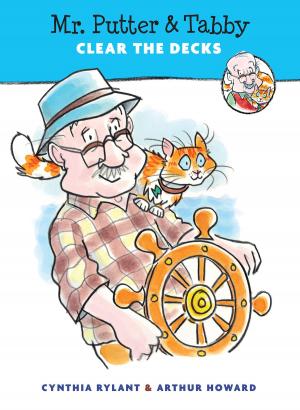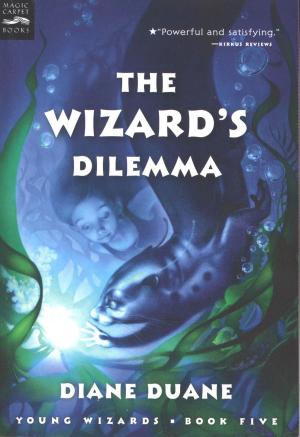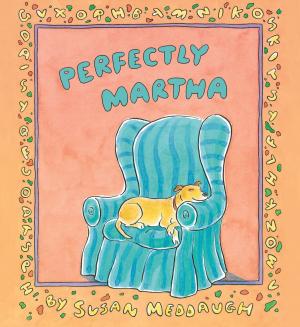Stuff
Compulsive Hoarding and the Meaning of Things
Nonfiction, Health & Well Being, Psychology, Compulsive Behaviour| Author: | Prof. Gail Steketee, Ph.D., Prof. Randy Frost, Ph.D. | ISBN: | 9780547487250 |
| Publisher: | HMH Books | Publication: | April 20, 2010 |
| Imprint: | Mariner Books | Language: | English |
| Author: | Prof. Gail Steketee, Ph.D., Prof. Randy Frost, Ph.D. |
| ISBN: | 9780547487250 |
| Publisher: | HMH Books |
| Publication: | April 20, 2010 |
| Imprint: | Mariner Books |
| Language: | English |
A thoughtfully researched and fascinating appraisal of what happens when our stuff starts to own us
What possesses someone to save every scrap of paper that’s ever come into his home? What compulsions drive a person to sacrifice her marriage or career for an accumulation of seemingly useless things? Randy Frost and Gail Steketee were the first to study hoarding when they began their work a decade ago. They didn't expect that they would end up treating hundreds of patients and fielding thousands of calls from the families of hoarders. Their vivid case studies (reminiscent of Oliver Sacks) in Stuff show how you can identify a hoarder—piles on sofas and beds that make the furniture useless, houses that can be navigated only by following small paths called goat trails, vast piles of paper that the hoarders “churn” but never discard, even collections of animals and garbage—and illuminate the pull that possessions exert over all of us. Whether we’re savers, collectors, or compulsive cleaners, very few of us are in fact free of the impulses that drive hoarders to extremes.
A thoughtfully researched and fascinating appraisal of what happens when our stuff starts to own us
What possesses someone to save every scrap of paper that’s ever come into his home? What compulsions drive a person to sacrifice her marriage or career for an accumulation of seemingly useless things? Randy Frost and Gail Steketee were the first to study hoarding when they began their work a decade ago. They didn't expect that they would end up treating hundreds of patients and fielding thousands of calls from the families of hoarders. Their vivid case studies (reminiscent of Oliver Sacks) in Stuff show how you can identify a hoarder—piles on sofas and beds that make the furniture useless, houses that can be navigated only by following small paths called goat trails, vast piles of paper that the hoarders “churn” but never discard, even collections of animals and garbage—and illuminate the pull that possessions exert over all of us. Whether we’re savers, collectors, or compulsive cleaners, very few of us are in fact free of the impulses that drive hoarders to extremes.
